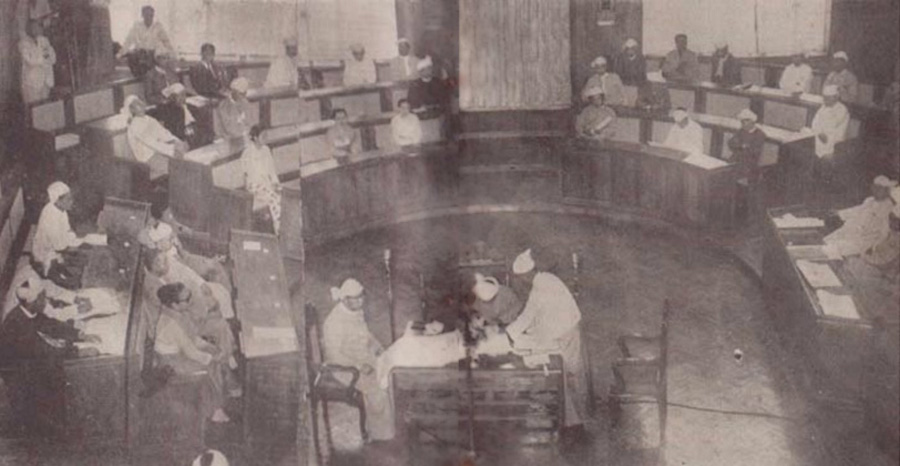On this day in 1959, the saophas, the local rulers of Shan State, relinquished their titles and feudal powers, finally bringing to an end the last remaining feudal system in Myanmar.
The saophas gave up their hereditary rights in a ceremony in Taunggyi on April 29, 1959. The event was attended by President Mahn Win Maung and Prime Minister General Ne Win. Saophas of all 34 prefectures in Shan State relinquished their titles in exchange for a total of over 25 million kyats in compensation.
After the British annexed the whole of Myanmar, the colonial government separately ruled Shan State, which was made up of nominally sovereign entities, each ruled by a local monarch, but administered by a single British commissioner. The feudal system was maintained in Shan State throughout British rule, though different administrative systems were introduced in other parts of Myanmar.
The 1947 Constitution, which was drafted to regain independence from the British, also reserved seats for Shan saophas in the Chamber of Nationalities of Myanmar’s bicameral Union Parliament, effectively enabling them to retain certain powers.

Though the majority of ordinary Shan people opposed maintaining the monarchy in Shan State after Myanmar regained independence in 1948, the government of the Anti-Fascist People’s Freedom League led by U Nu ignored the anti-monarchy movement, not wanting to lose the support of the saophas by abolishing the feudal system.
However, Gen. Ne Win, who staged a military coup and formed a caretaker government, finally stripped the saophas of their feudal powers in 1959.
“If you wish to retain your powers, both political and administrative problems will arise in Shan State and the Union,” U Ne Win told the saophas at the event on April 29, 1959, according to a book providing a brief history of Shan State and biographies of the saophas published by the Information Ministry in 1959.

















